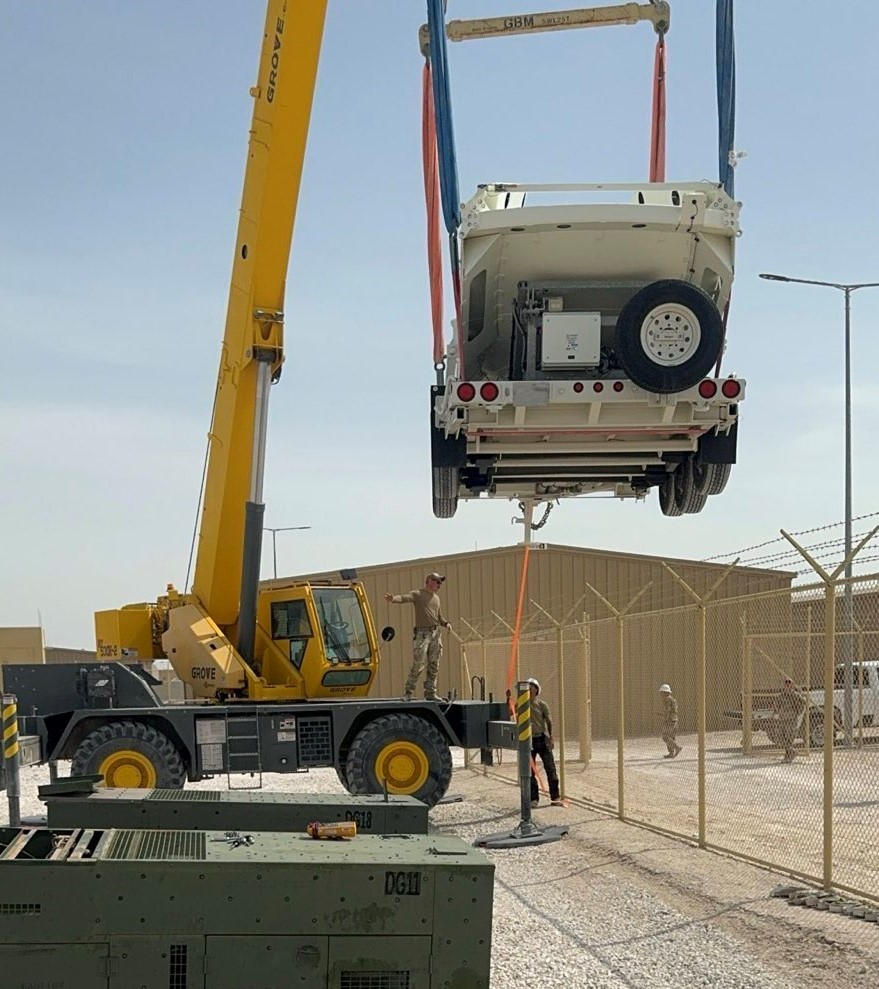ARLINGTON, Va. — The U.S. Space Force, despite being the youngest and smallest branch of the military, is emerging as a critical enabler for the Pentagon’s warfighting capabilities, a senior official said May 2.
What was once a complementary space architecture is today the central nervous system of joint operations, said Brig. Gen. Robert Hutt, director of plans and programs for the U.S. Space Force.
“It used to be that space capabilities were interesting, important, more so maybe to the commercial side, and maybe the warfighting side,” Hutt said in a presentation at a Space Force Association event. “And now we’ve gotten to a point where the Space Force is a critical part of the kill chains for the Department of Defense.”
“Kill chain” is a military term used to describe the sequential steps involved in successfully targeting and eliminating an enemy threat.
Hutt, who has overseen the preparation of the Space Force budget for the past three years, pointed out that since its inception in December 2019, the service has seen its budget nearly double to the current level of about $29 billion.
Some of this growth stemmed from transfers within the military as the Air Force relinquished space-related activities and personnel. But increases requested by the Biden administration and congressional add-ons also played a role.
The Space Force is about one-tenth the size of the Marine Corps. However, “a significant shift that we’ve seen over the last several years is that now the Space Force is a thing,” Hutt said. And that’s been reflected in the budget trend. Satellites and other systems operated by the Space Force “are of huge importance to the joint force,” he added. “There are really a lot of demand signals.”
The future budget outlook for the next five years is flat due to overall spending constraints, Hutt noted. This means the Space Force will have to make tough choices, especially as mission…
Read the full article here

